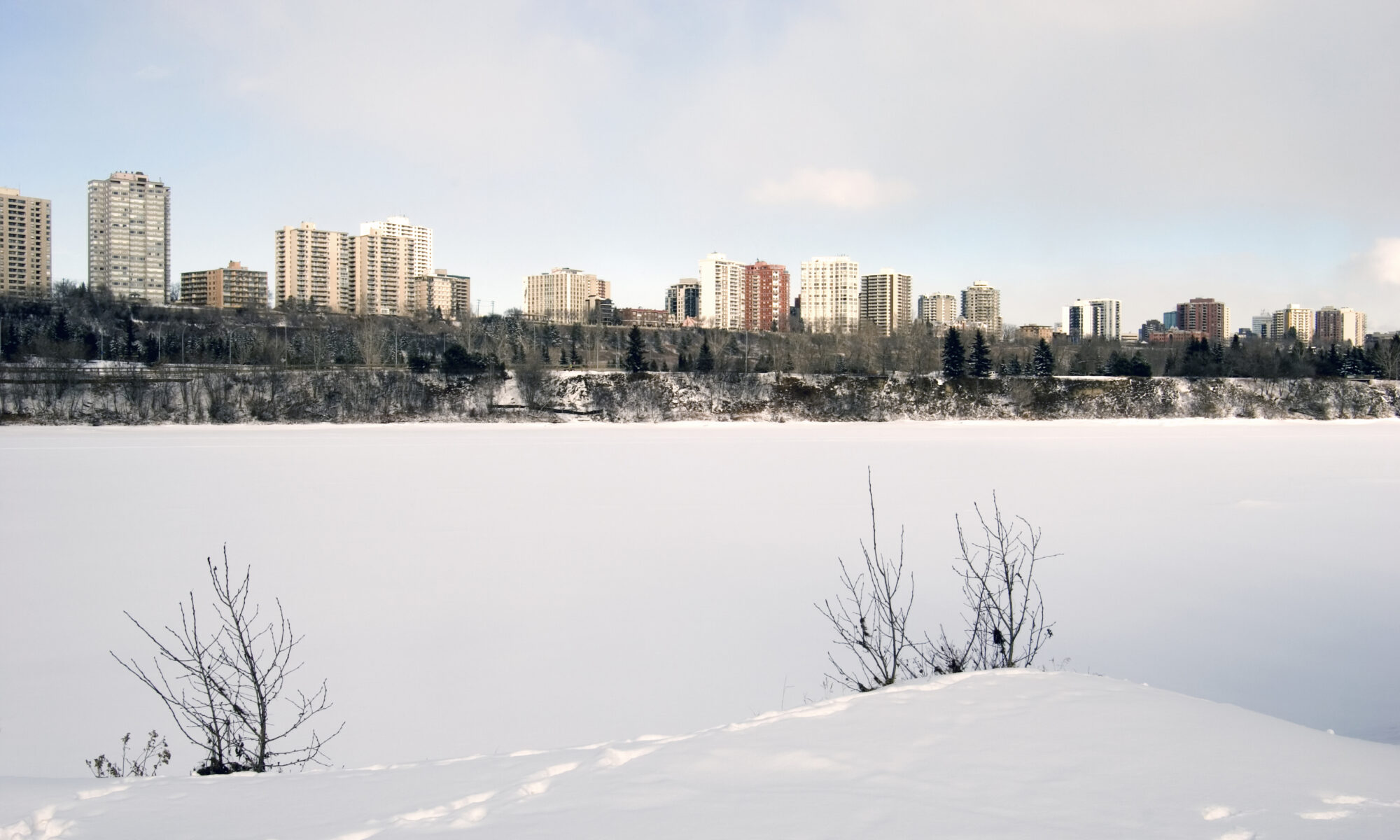
Alberta’s electrical grid is overloaded. Here’s what to know.
Western Canada has been facing a winter blast of extreme cold weather, with the plunging temperatures threatening to overload the electricity grids in Alberta and across the Prairies. But the windchill temperatures of -40 in Alberta are heating up the ongoing tensions between Western provinces and the federal government over energy and climate change policy.
Recent days have seen the Alberta Electric Systems Operator asking consumers to curb their consumption to protect the grid, while issuing at least three alerts, measures that appear to have kept blackouts at bay. Last weekend it took the extraordinary step of sending a message via the province’s emergency cellphone alert system.
A political storm was not averted, however, as Alberta Premier Danielle Smith criticized Ottawa for its climate and energy policies, extolling natural gas and declaring renewable energy all but useless in keeping the grid supplied.
Meanwhile, one of the only federal Liberals from Alberta blamed the province for “decades of underinvestment in the electricity grid.”
Here’s some background to help cut through the politics:
Why has Alberta’s power grid seemed so fragile?
Record low temperature brought record high demand for electricity. And renewable energy sources could not keep up. There was no wind on the weekend and the sun set before peak demand. To make matters worse, four natural gas-powered plants failed. Prior to the shortages, there was strong wind generation, backed by steady supply from natural gas powered plants.
Compounding the problem, it was also cold in neighbouring provinces and states, limiting Alberta’s ability to import surplus power.
Why hasn’t Alberta built more capacity?
Unlike other provinces, Alberta relies on a private market to expand capacity based on revenues. Elsewhere, power companies have contracts to supply a given amount of power. There were plans to reform this system, but they were halted by the UCP government.
How much power in Alberta is generated by renewable sources?
According to a 2022 report from the Alberta Electric System Operator (AESO), “for the first time, renewable generation, at 12.6 per cent of total generation, provided more electricity than coal.” The government of Alberta has promised to phase out coal-powered electricity entirely by early this year.
Why is the current problem devolving into a political fight?
The power problems feed into an ongoing debate around energy policy. The federal government’s draft clean energy regulations call for the creation of a net-zero grid by 2035. Alberta and other provinces have argued this will could lead to shortages, and fails to grasp the importance of gas-powered plants.
The federal government has responded by saying the regulations won’t mean shutting down gas- and coal-powered plants, which can still be used to meet peak demand.
Alberta ordered a six-month freeze on wind and solar energy projects last August at a time when renewable energy investment was booming. Smith pointed the finger at Ottawa for the decision.
What does the future hold?
Canadians are used to two things: bitingly cold winters and all the electricity they need to stay warm. That is changing as the country transitions from an era of energy abundance to scarcity. Alberta’s grid warning is just the latest of many recent wakeup calls. Brownouts and blackouts are on the table unless Canada starts to build more capacity — and soon.
For more on what lies ahead, read PPF’s Project of the Century: A Blueprint for Growing Canada’s Clean Electricity Supply – and Fast


